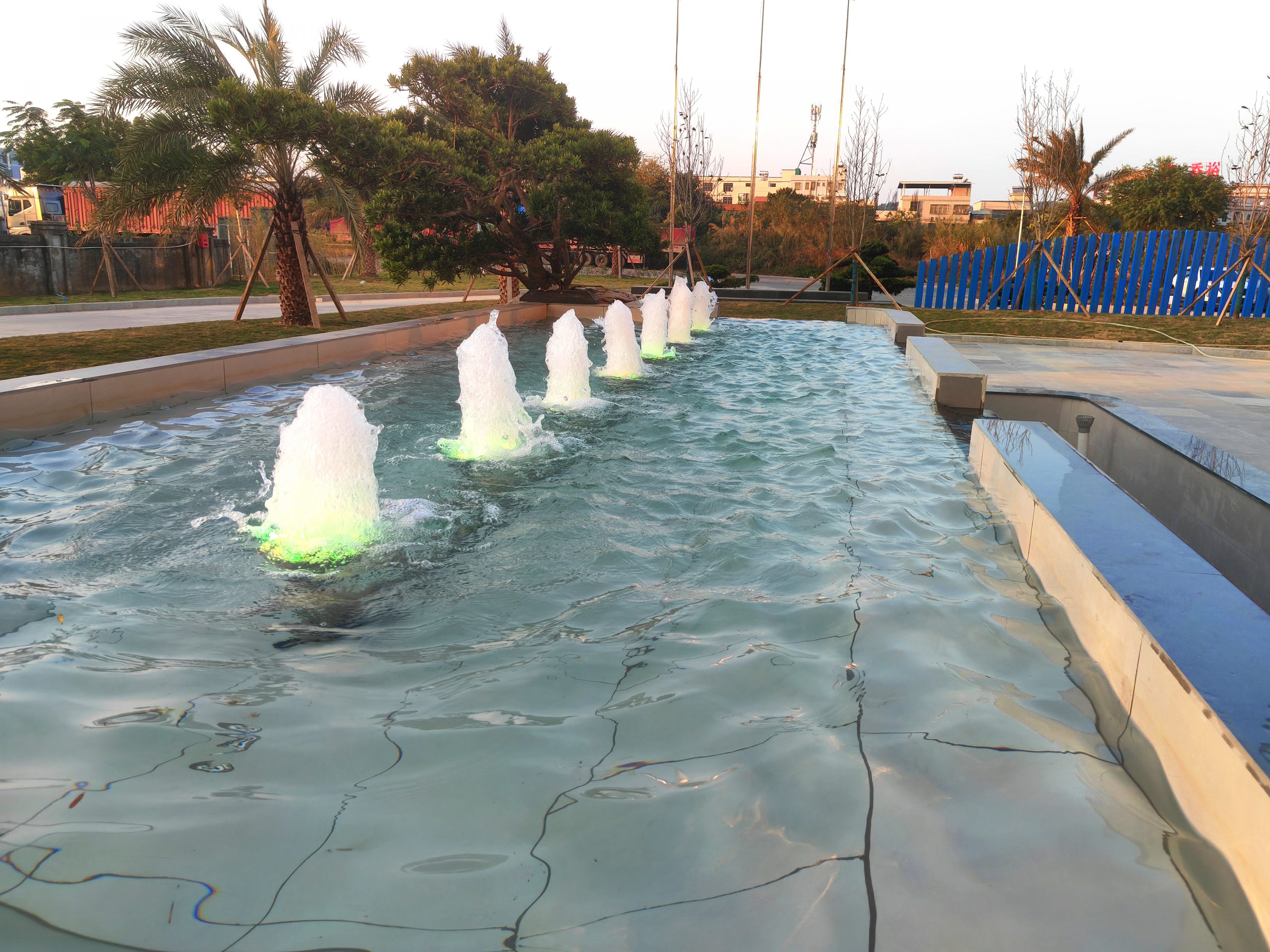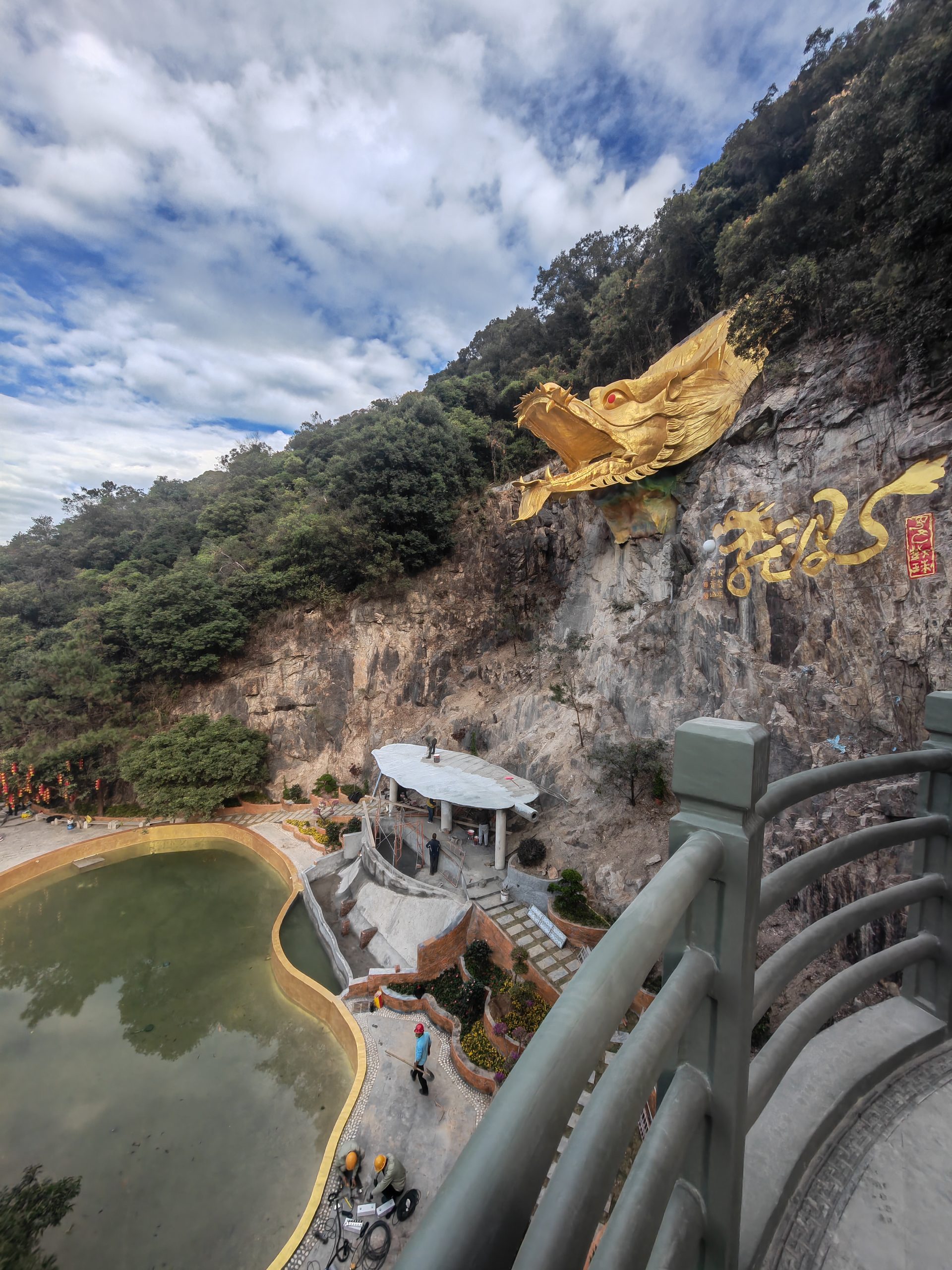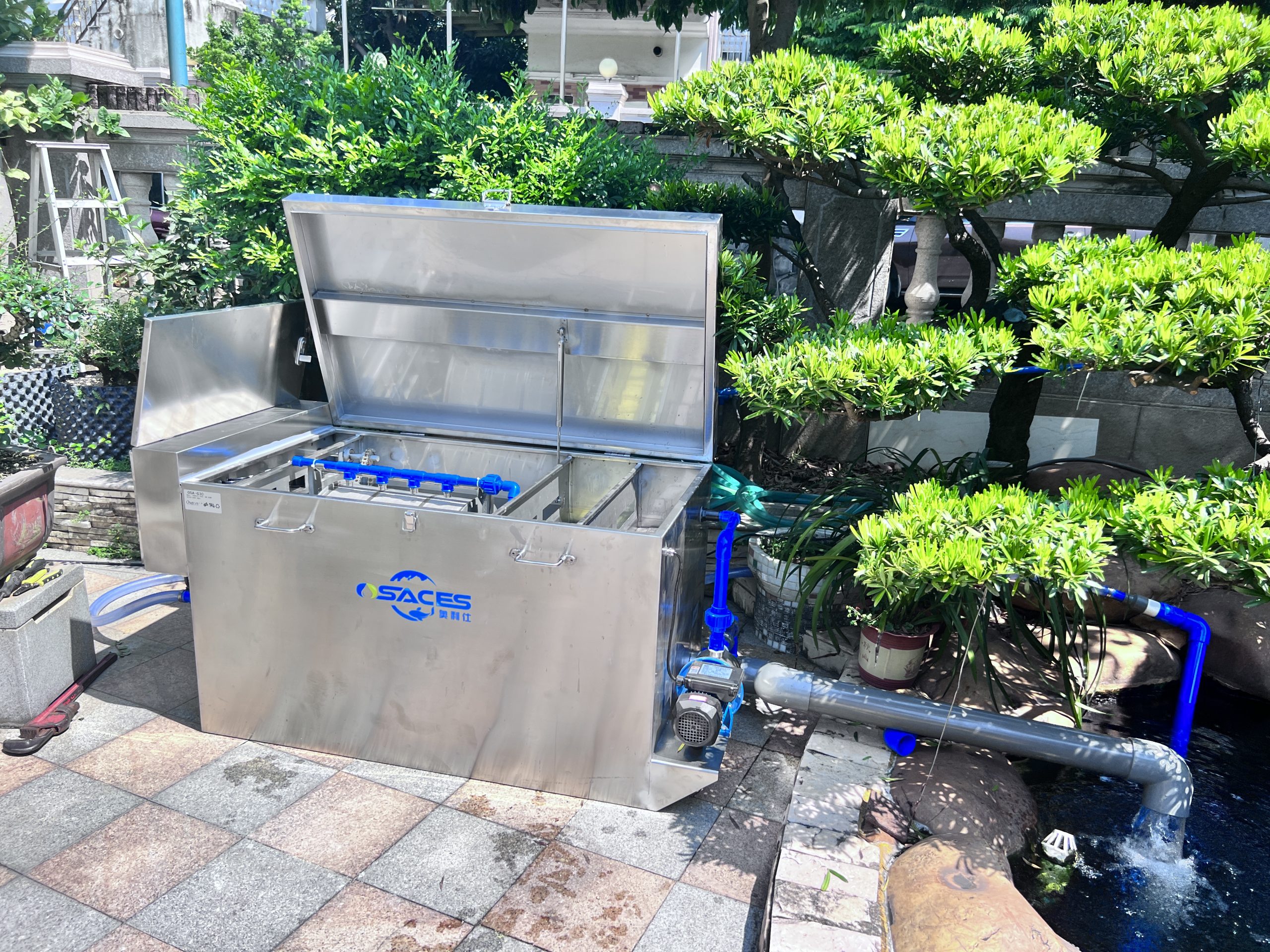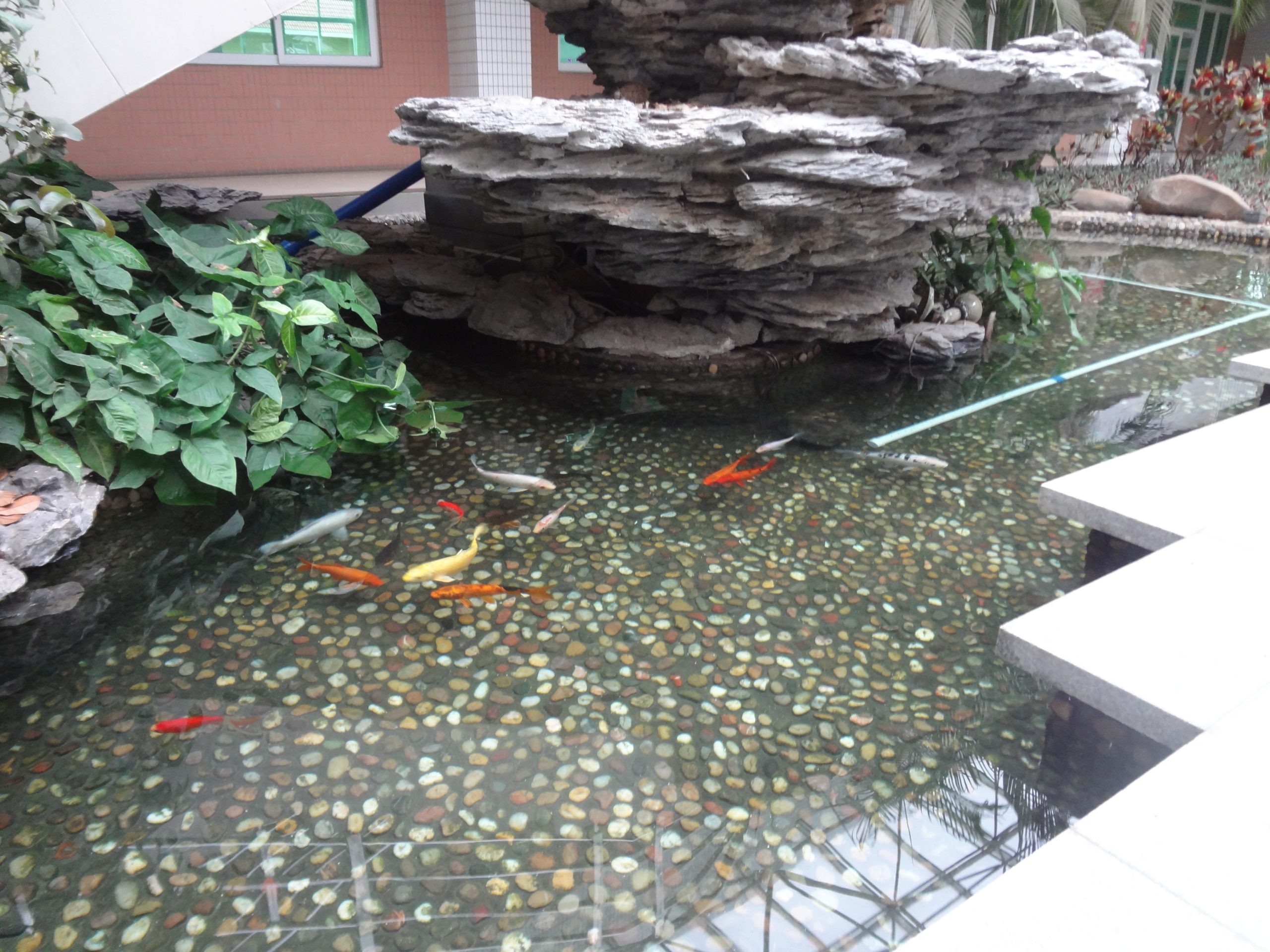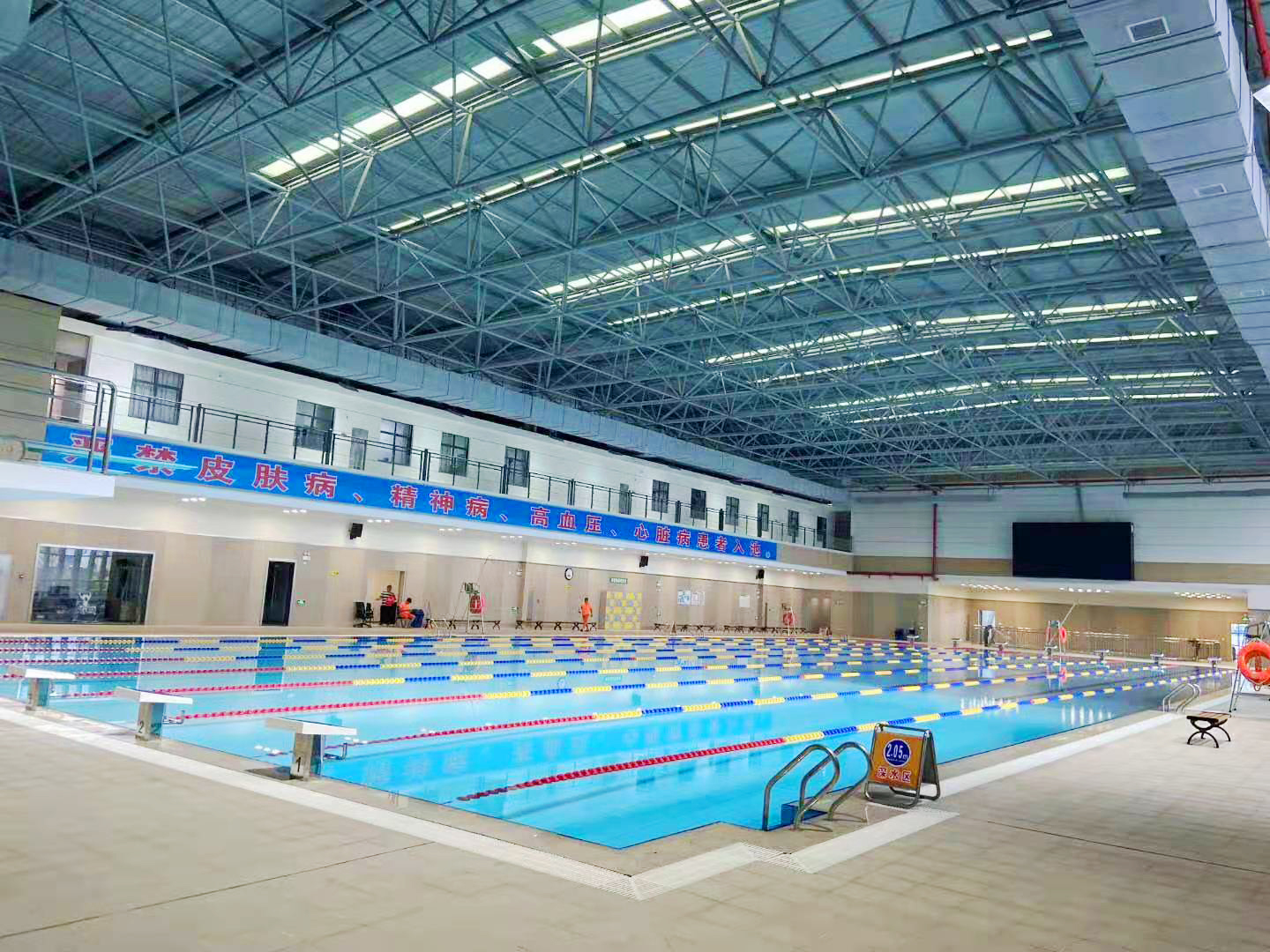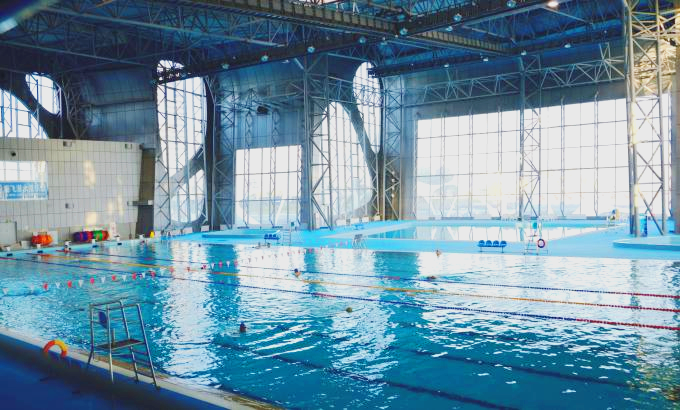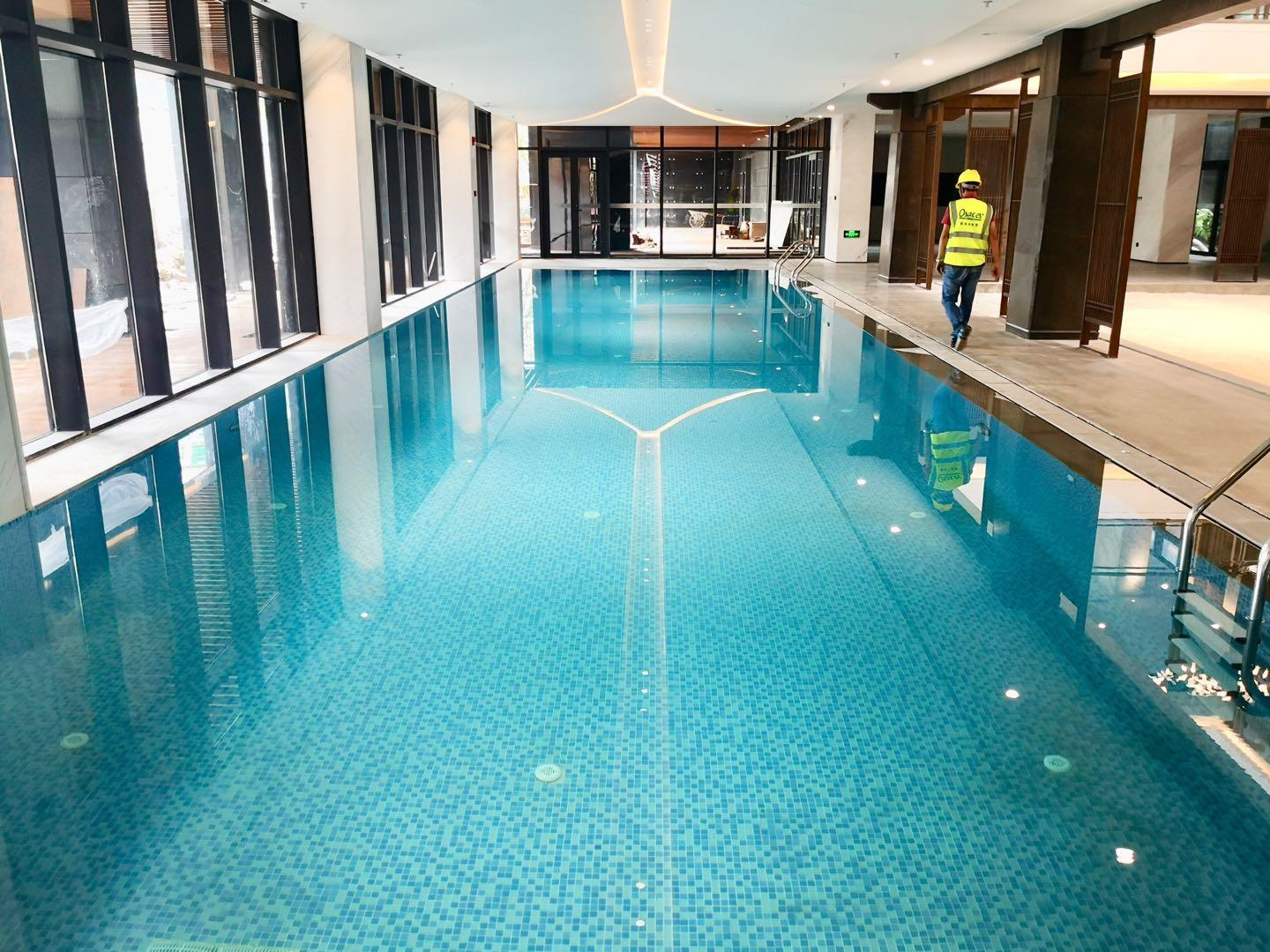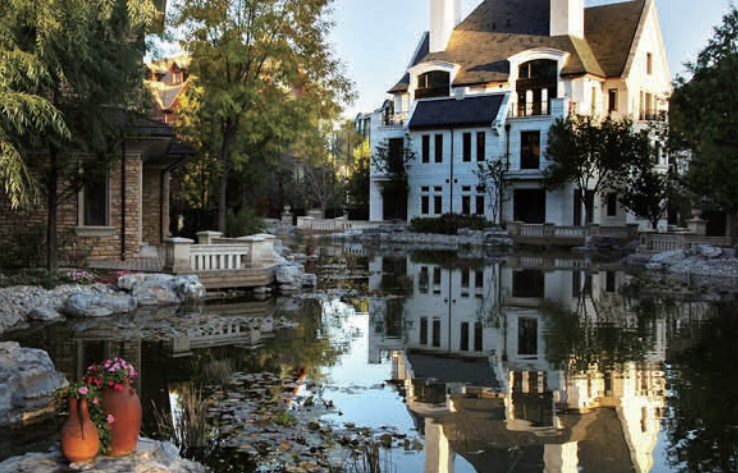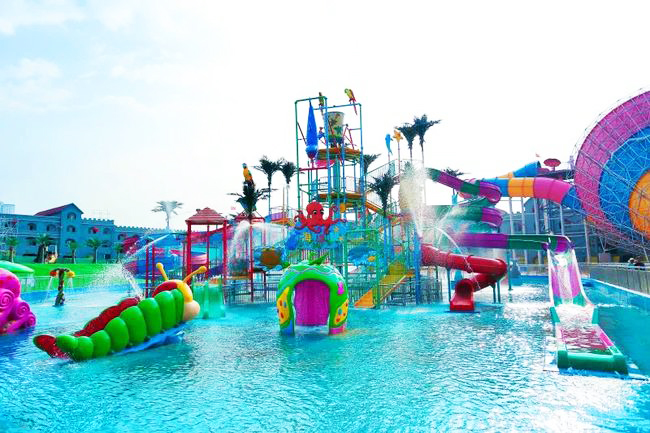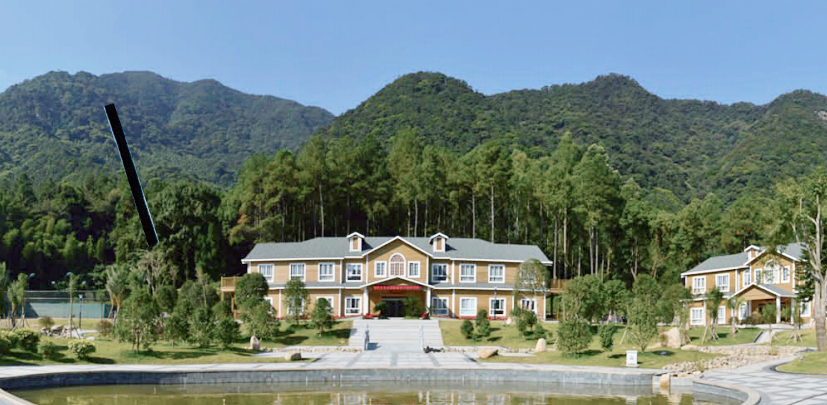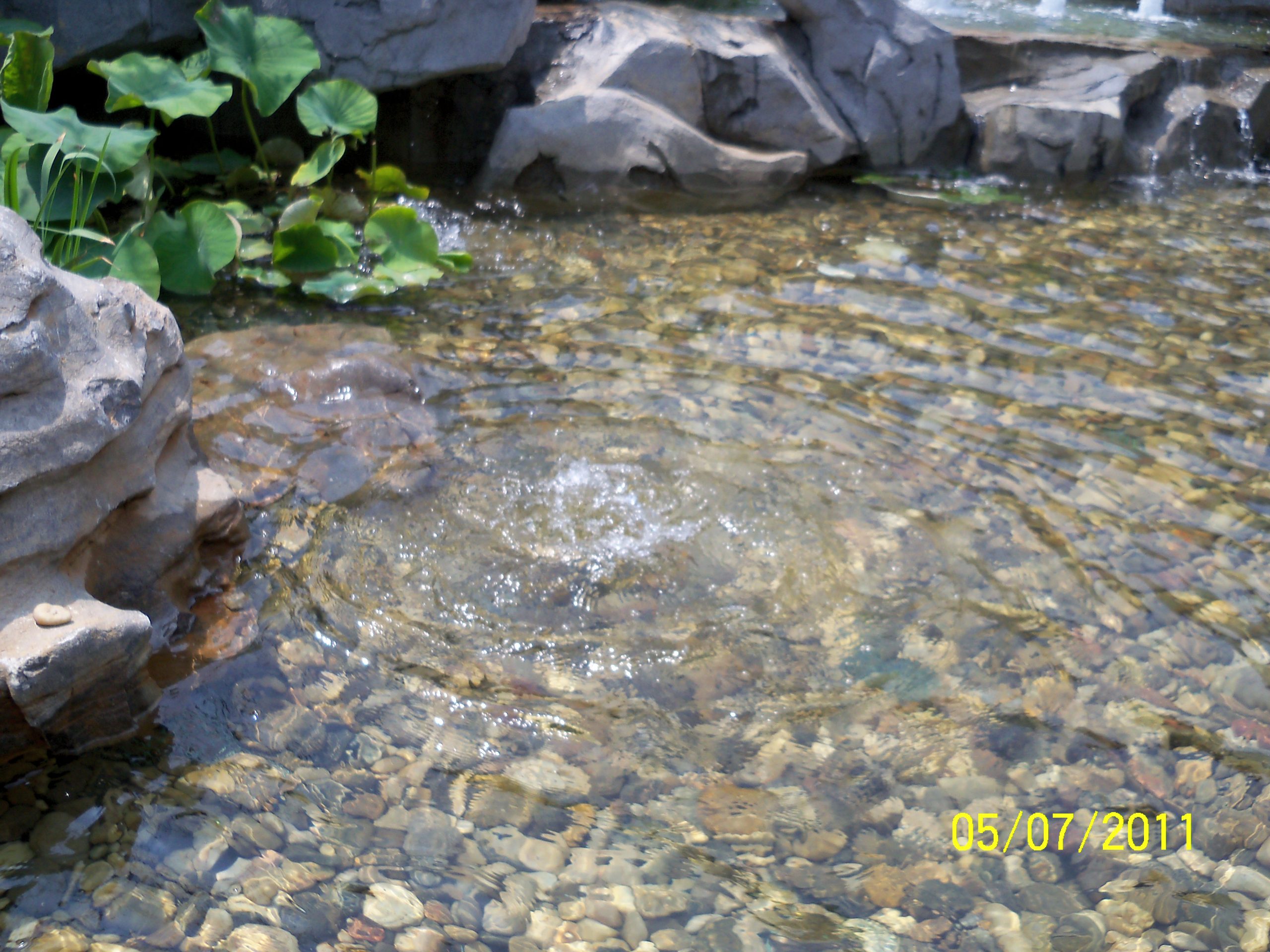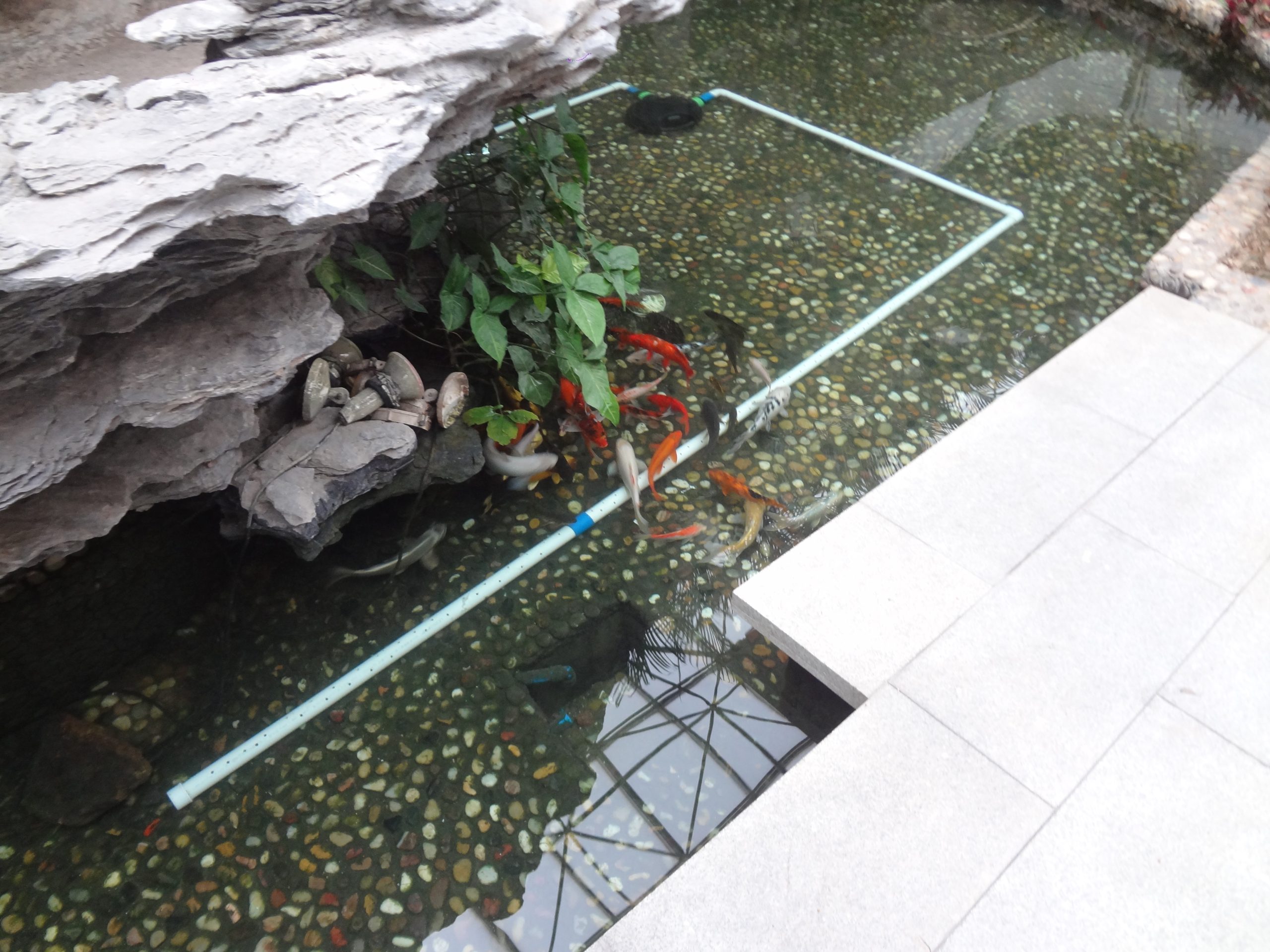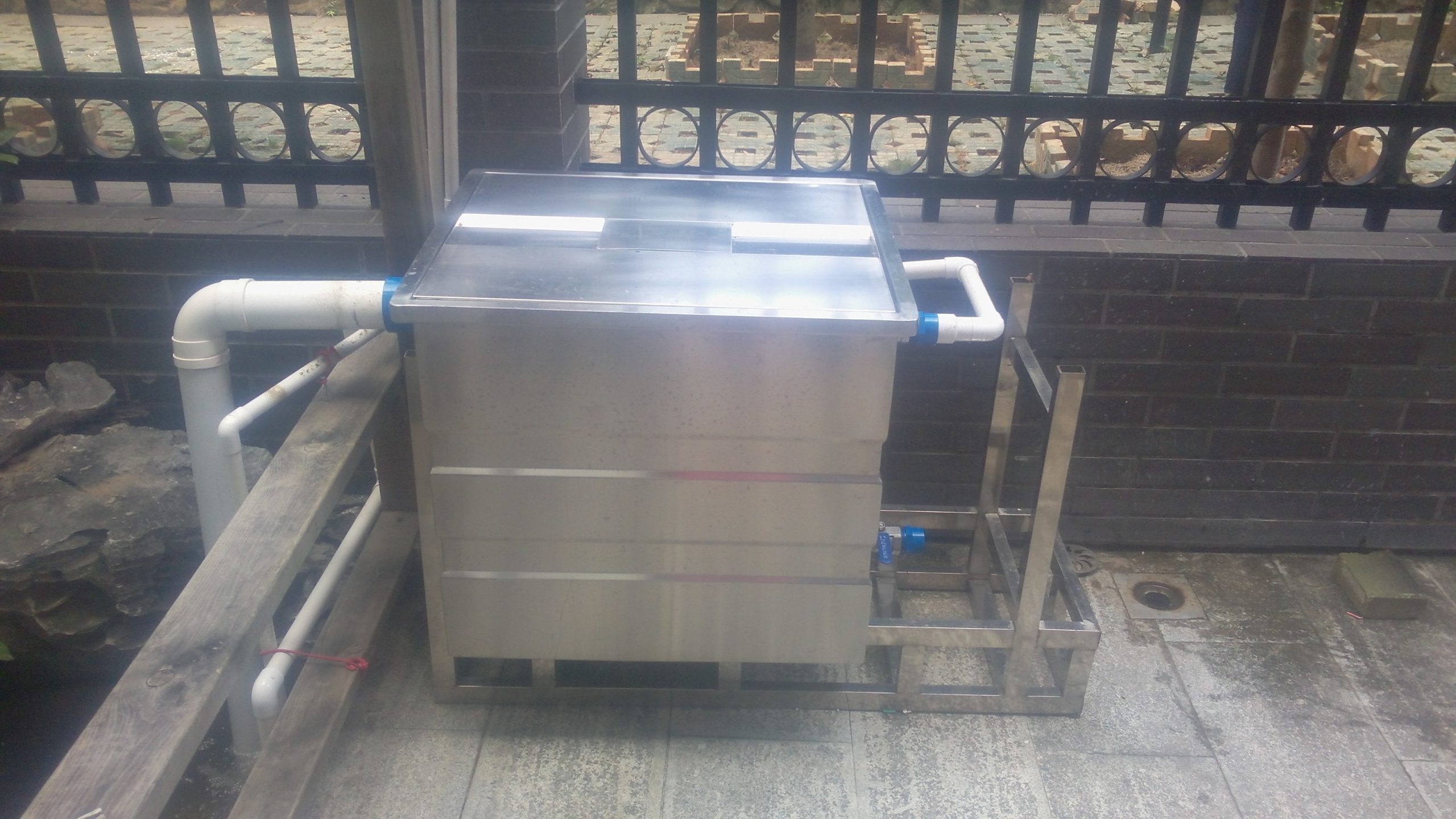common problems
contact details
 Ollies (Guangzhou) Recreation and Sports Equipment Co.
Ollies (Guangzhou) Recreation and Sports Equipment Co.Tel: (020) 82686289
Fax: 020-82694853
Headquarter: No.31-37, Xincun 2 Road, Shangjiang North Street, Dongzhou Village, Xintang Town, Zengcheng City, Guangzhou, Guangdong, China
Causes of green algae growth in fish ponds and how to reduce it
There are many misconceptions about the phenomenon of green algae in koi ponds, and even a number of people treat green algae as moss. Here are the issues I know that can help understand and resolve green algae.
1.Why is there hair algae in the pool?
Typically, it is because of an immature filtration system, especially in the spring when the beneficial bacteria are dormant and have not started working, that hair algae grows at an alarming rate. So, does a mature filtration system not have hair algae? The answer is no. Hairy algae growth can occur in mature filtration systems, but for very different reasons, often due to nutrient overload.
2.It is possible to useuvDoes the light kill them?
It can't. UV irradiation kills planktonic algae because the algae are able to pass through theUVLight. Hairy algae are usually attached to the pool wall or filter, and UV light is not effective.
3.What are the nutrients in hairy algae?
One thing that is certain is that the nutrients for hairy algae are not nitrates, but phosphates and nitrogen. The better ratio of phosphate and nitrogen to algae is16:1(i.e.)Redfield(Value).
4.What are the causes of increased phosphate and nitrogen in water bodies?
Organic matter such as sludge, fish waste, fallen leaves, weeds that invade the pool, fertilizers, fish food, and even tap water can increase the level of phosphates in the water, whereas nitrogen is always present in the pool. The key to this is phosphate (PO4), as it is needed for the growth of microbial cells. Microorganisms only need less than1ppm(used form a nominal expression)PO4, in generalPO4less than5ppmNo gross algae problems will arise.
.How can I reduce hairy algae?
lowerPO4is the key. First measure the fish tank and tap water in thePO4level, if the tap water in thePO4The level is very low (1ppmor less), that can be solved by changing the water. Change the water every day30% after one week70%The hair algae should be gone. Remember to check the pump, some of the hair algae may be stuck there.
6.What can I do if I can't reduce PO4 levels by changing water?
This is where barley straw or hydrogen peroxide can be utilized. In filtration or fish ponds, barley straw can produce small doses of hydrogen peroxide over a long period of time. Compared to chemicals, barley straw is safer. If you must use hydrogen peroxide, make sure you have a good knowledge of chemistry and the necessary dosing equipment.
Related content
- Don't let rotting tails affect the koi's aesthetics
- What kind of water is good for fish? Talking more about green water for fish
- What to do if the water in your fish pond is unclear? How to keep the water fresh and clear
- Are you ready for the golden age of koi growth?
- What causes new koi to get sick easily?
- Case Sharing--Foshan Shunfeng Mountain Park 3600 square meters landscape pool purification project
- Case Sharing||Huizhou-- Intelligent Terminal Beidou Industry Production Project Fountain Fish Pond Purification Project
- Guangdong Guanyinshan National Forest Park 300m³ landscape fish pond purification project

